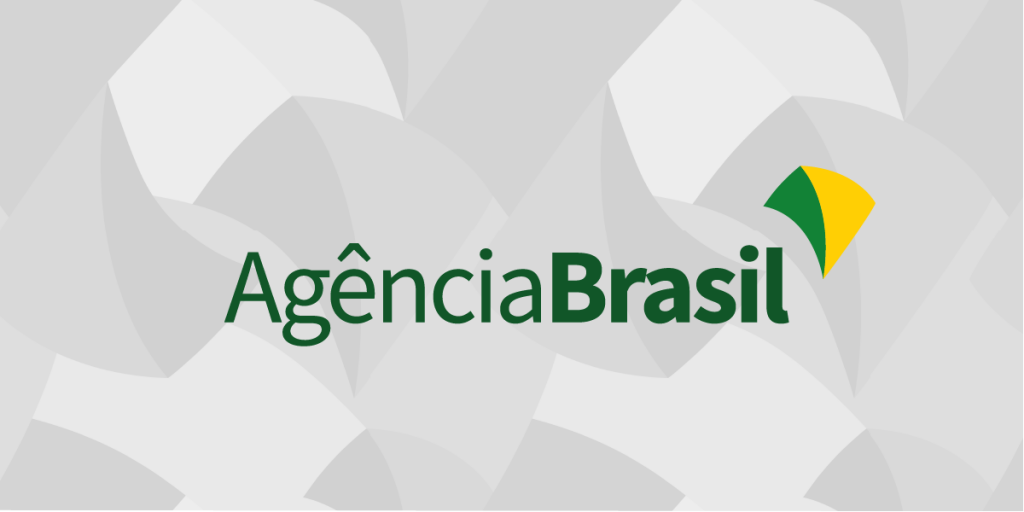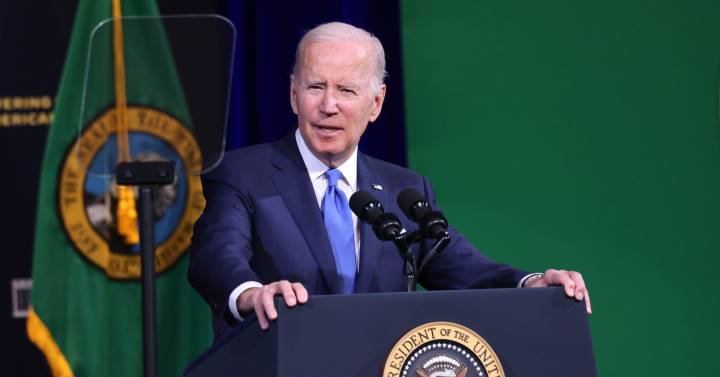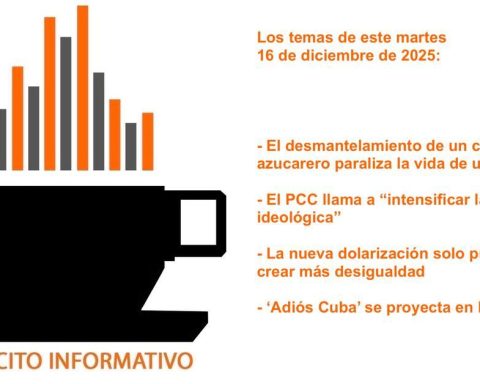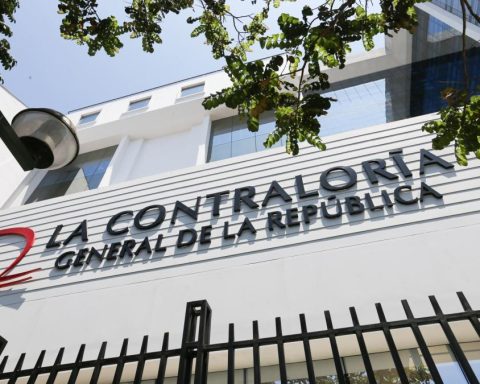The rise in interest rates of monetary policy set by the Central Bank (BCRA) –from 69.5% to 75%– which is in force from this Friday and has an immediate impact on fixed-term deposits in pesos, as a way to prevent the rise in prices from affecting savers.
This is the third rise in interest rates applied by the BCRA in the last two months, after the Leliq rate rose 800 points on July 28, which it went from 52 to 60% per year, and on August 11 a rise of 950 points will be set, to reach 69.5% per year.
The objective of the measure -explained the Central- is to normalize the structure of active and passive interest rates of the economy to bring them closer to a positive ground in real terms, which helps to curb price inertia and consolidate financial, exchange and the accumulation of international reserves achieved in recent weeks.
“In August, the general level inflation rate and the monthly core inflation rate were reduced compared to July, although they maintained a high level compared to the previous months. Due to this, the BCRA considers it necessary to once again increase the monetary policy rate and thus consolidate the normalization process of the structure of active and passive interest rates of the economy to place them in a positive field in real terms”, explained the monetary authority in a statement.
Therefore, for “increase the incentive to save in pesos”the BCRA raised the minimum limits of interest rates on the fixed terms of human persons, establishing the new floor at 75% per year for 30-day deposits up to 10 million pesos.
This represents a yield of 107% in effective annual terms, while the rest of the fixed-term deposits of the private sector (individuals or companies) They will have a guaranteed minimum rate of 66.5%, which represents an effective annual rate of 91%.
The rate hike is part of the new monetary policy strategy set by the BCRA, which seeks to establish a policy interest rate path in order to tend towards positive real returns on investments in local currency and to preserve monetary stability and would change.
“At the same time, the new rates will consolidate exchange and financial stability and promote the accumulation of international reserves”explained the Center.
In that sense, he explained that future rate adjustments will be closely linked to “the past and prospective evolution of the general level of prices and the dynamics of the foreign exchange market.”
“Taking into account the expected paths for the monetary base and the rest of the monetary aggregates, the interest rate policy carried out by the BCRA is consistent with a reduction in the stock of remunerated liabilities (Leliq, Notaliq and Passes) in terms of GDP during 2023,” said the Central.
After the Indec released the August consumer price index on Wednesday, which rose to 7%, it was discounted that the BCRA would raise the interest rate again.
In fact, In recent weeks, the crawling-peg of the official exchange rate has been rising at a monthly rate of 6.2%, above the effective rate of monetary policy that was in force until Thursday of 5.8%.
Unlike previous opportunities, the rate hike defined on Thursday occurs after the Central Bank achieved a strong accumulation of international reserves, when the new export promotion scheme of the soybean complex began to be implemented last week, which recognizes an exchange rate of $200 for every dollar until next September 30.
In Thursday’s round, the Central was able to accumulate purchases for US$ 300 million and accumulates purchases for almost US$ 2,000 million in the last eight days and, in the absence of 11 wheels to close the month, it is on its way to comfortably surpassing the best record -since there are daily data- registered in December 2011, when it had acquired US$ 2,493 million.


















